Lord Jagannath's Journey: The Festival of Divine Love
Once a year, the town of Puri in Odisha transforms into a sea of devotion, celebration, and divine energy. It is during this sacred time that the Lord of the Universe, Jagannath, steps out of His holy abode to bless the world. This grand event is known as the Rath Yatra or Chariot Festival, and it is not just a ritual — it is a living story of divine love.
The Legend Behind the Journey
Lord Jagannath, an incarnation of Lord Vishnu, resides in the famous Jagannath Temple alongside His elder brother Balabhadra and sister Subhadra. However, once a year, they leave the temple and embark on a spiritual journey to visit the Gundicha Temple, which is believed to be the home of their maternal aunt. This act symbolizes that God wishes to visit His devotees, meet them outside the temple walls, and shower love on all, regardless of caste, status, or background. It is a reminder that the divine belongs to everyone.
A Festival Like No Other
The Rath Yatra is not a silent procession — it is a moving sea of chants, drum beats, conch shells, and emotional cries of devotion. Gigantic wooden chariots, freshly constructed every year, are pulled by thousands of devotees. The ropes of the chariots are considered sacred, and pulling them is believed to bring immense spiritual merit. One of the most touching moments is the Chera Pahara ritual, where the Gajapati King of Puri sweeps the road in front of the chariots with a golden broom. This royal humility in front of God reminds us that before the divine, all are equal.
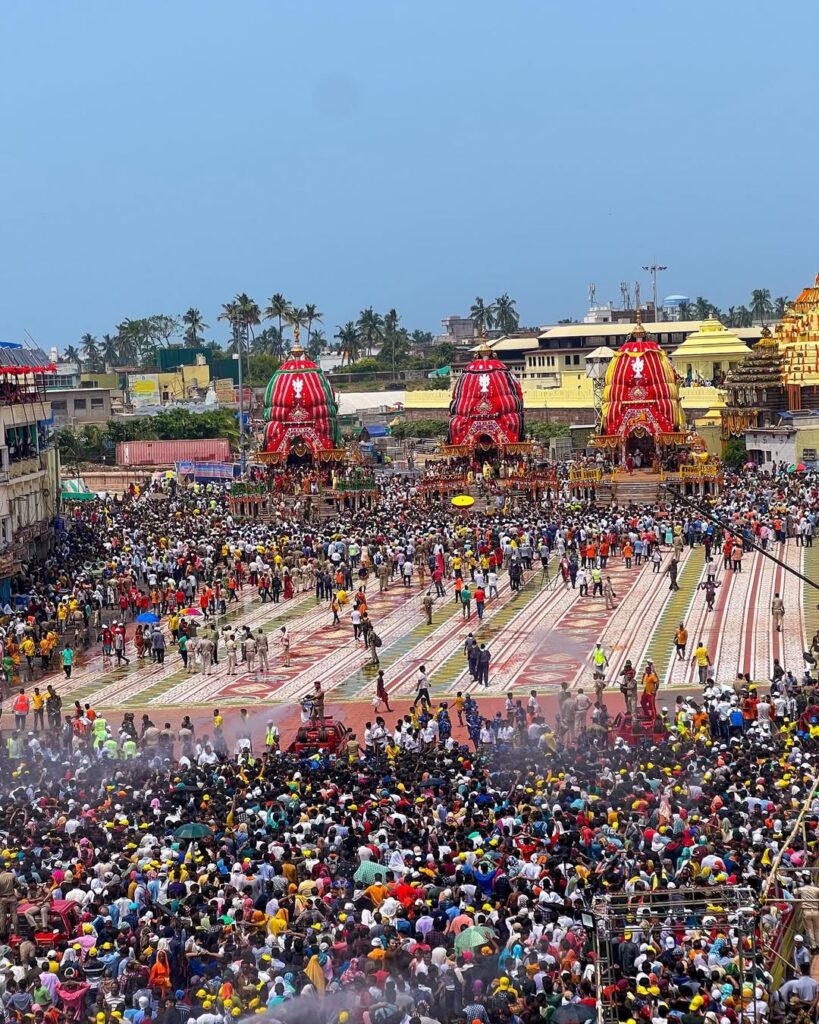
The Deeper Meaning
Jagannath's journey is more than a religious ritual — it is a message. It teaches us:
Humility, as even kings bow before the Lord.
Equality, as all devotees walk together.
Love, as the Lord reaches out to meet His people.
It is said that those who witness the Rath Yatra or get the chance to pull the chariot ropes earn divine blessings. But more than that, they experience a connection with something larger than life — a spiritual bond that words cannot describe.
Salabega: The Muslim Devotee of Lord Jagannath
Among the countless stories of devotion surrounding the Rath Yatra, the story of Salabega, a 17th-century Muslim poet and devotee of Lord Jagannath, stands out as a symbol of true spiritual love that transcends religion. Born to a Mughal subedar and a Hindu woman, Salabega was raised in a Muslim household but became deeply devoted to Lord Jagannath after witnessing a miraculous recovery of his mother when she prayed to the deity. It is said that once, while traveling to Puri for Rath Yatra, Salabega fell seriously ill and couldn't make it in time. He prayed with deep sincerity, and the legend goes that Lord Jagannath’s chariot stopped and did not move until Salabega arrived. This place, where the chariot halted, is now marked as Salabega’s Samadhi and is a sacred stop during the procession. His devotional bhajans still echo in Odisha, and his story continues to inspire people of all faiths.
Significance & Tradition
Lord Jagannath, Balabhadra & Subhadra chariots roll ~3 km from Jagannath Temple to Gundicha Temple. Symbolizes the Lord visiting His aunt’s home
Universal & inclusive: deities come out so all devotees can have darshan, regardless of caste or creed
Chariots Nandighosha (Jagannath), Taladhwaja (Balabhadra), Darpadalana (Subhadra) are huge (~45 ft), built anew every year over ~58 days, then dismantled post-yatra
Chera Pahara ritual: the Gajapati Maharaja sweeps the chariot base with a golden broom—symbolic humility before the divine
Origin lies in Skanda Purana, with legends linking to Lord Krishna or King Indradyumna (12ᵗʰ–16ᵗʰ c.)
Jagannath Rath Yatra 2025 – Full Event & Ritual List
| Date | Event / Ritual Name | Description |
| June 12, 2025 | Snana Purnima | Holy bathing of the three deities with 108 pots of sacred water |
| June 13–26 | Anavasara | 15-day rest period after the bath — no darshan during this phase |
| June 26 | Gundicha Marjana | Cleaning of the Gundicha Temple by devotees |
| June 27 | Rath Yatra (Main Day) | Procession of chariots from Jagannath Temple to Gundicha Temple |
| July 1 | Hera Panchami | Goddess Lakshmi visits Lord Jagannath in Gundicha Temple |
| July 4 | Bahuda Yatra (Return) | Return journey of the deities to Jagannath Temple |
| July 5 | Suna Besha | Lord Jagannath wears golden attire — royal darshan day |
| July 5 | Niladri Bijay | Deities re-enter the main temple; festival ends |
Prasads & Other Customs
Mahaprasad from Puri's “world’s largest kitchen”—56 dishes cooked by 500 cooks on wood fires; devotees believe consuming it grants liberation from sins
Post-yatra, chariot parts like wheels/poles can be auctioned by devotees as keepsakes (e.g., wheels cost ₹300k, ₹200k, ₹150k). Leftover wood goes into the temple kitchen.
Why Lord Jagannath Comes Out?
To reach all devotees, breaking ritual boundaries, showing divine love
Re-enacts Lord’s journey to maternal aunt—a mythic family bond
A celebration of community, equality, humility, and collective faith
Root & Evolution
Ancient festival at least since 12ᵗʰ century; documented in Brahma/Padma/Skanda Puranas. The British coined the word “juggernaut” from the unstoppable chariots
Summary
Jagannath Yatra 2025 isn’t just a procession—it’s a nine-day spiritual saga steeped in devotion, equality, mythology, and community unity. With rituals from holy baths to chariot pulling, kitchen feasts to royal humility, it’s a festival that brings the divine to the streets and hearts of millions.
Conclusion: The Divine Comes to You
In most temples, devotees go to meet God. But in Puri, God comes out to meet you. That is the essence of Rath Yatra — the festival of divine love. It is a celebration of life, faith, and the beautiful journey of the soul. So when the chariots roll, and the air fills with chants of "Jai Jagannath!", remember — it is not just a tradition. It is a moving miracle.
Sources: timesofindia


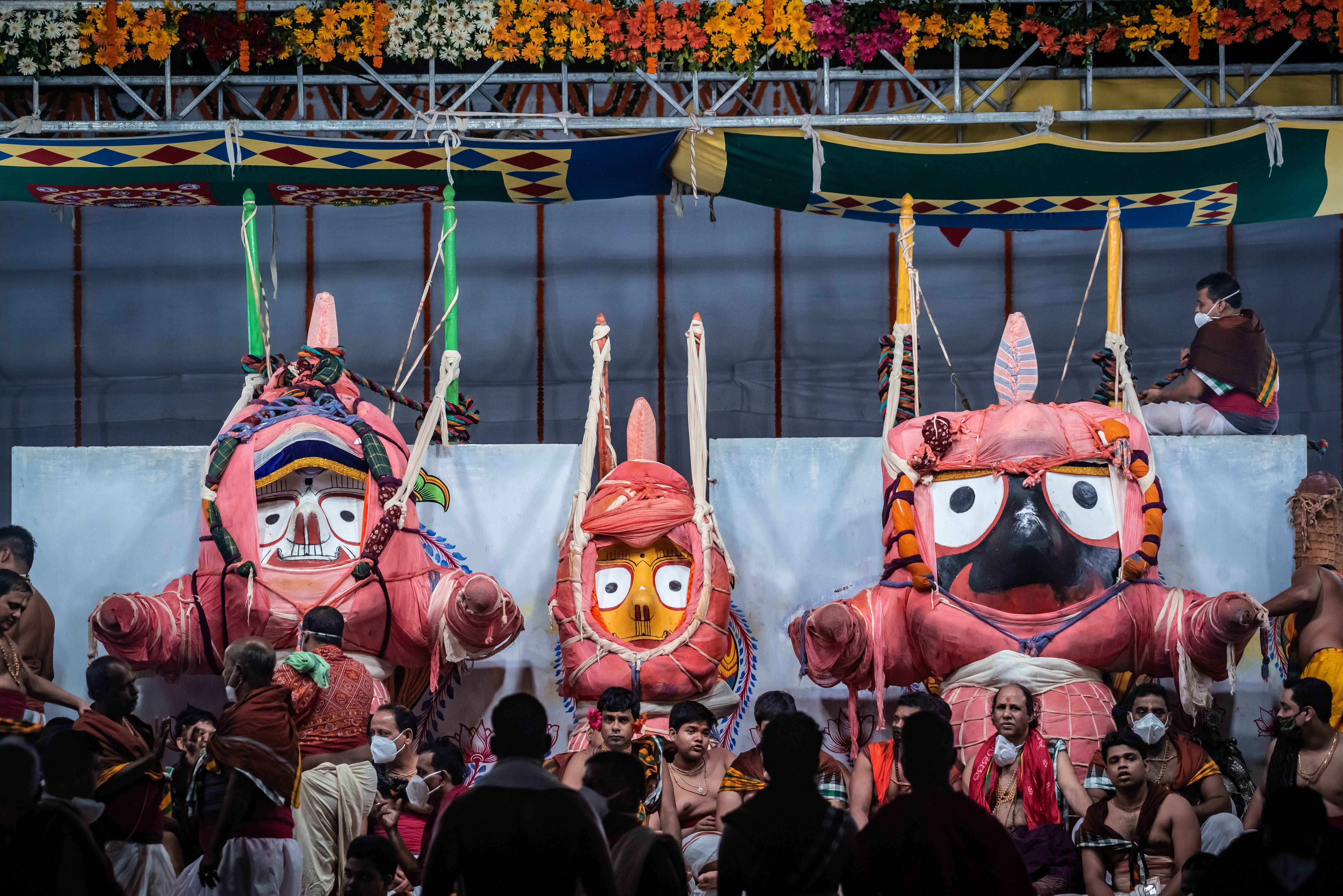
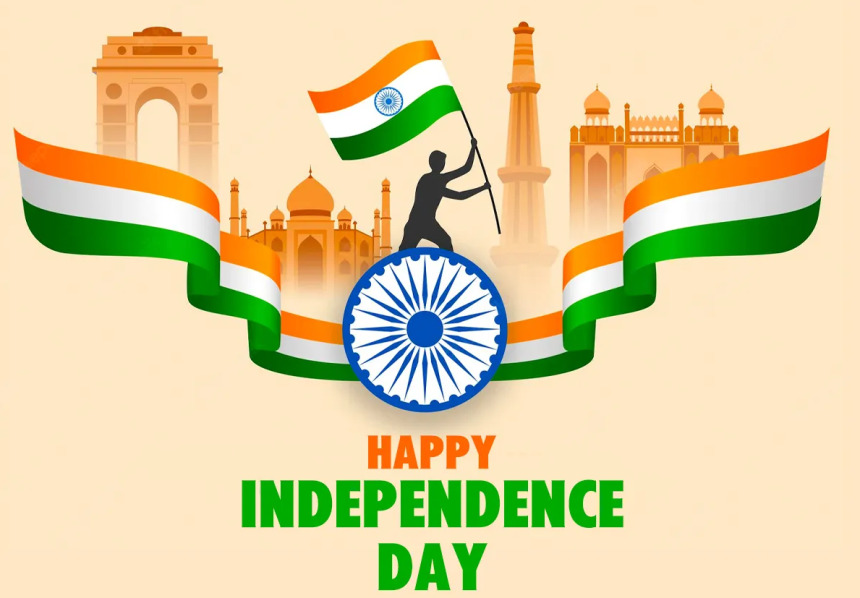

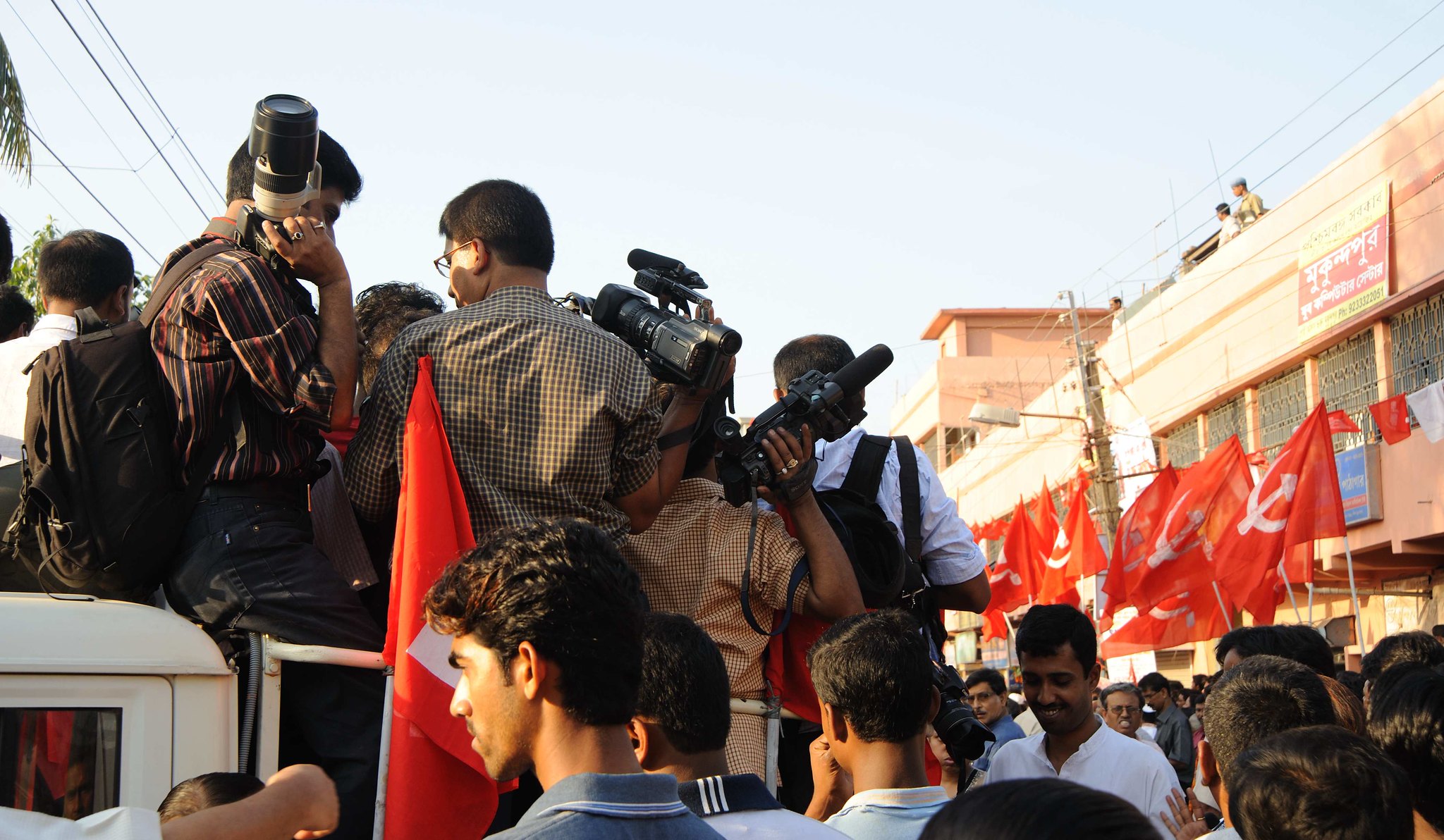




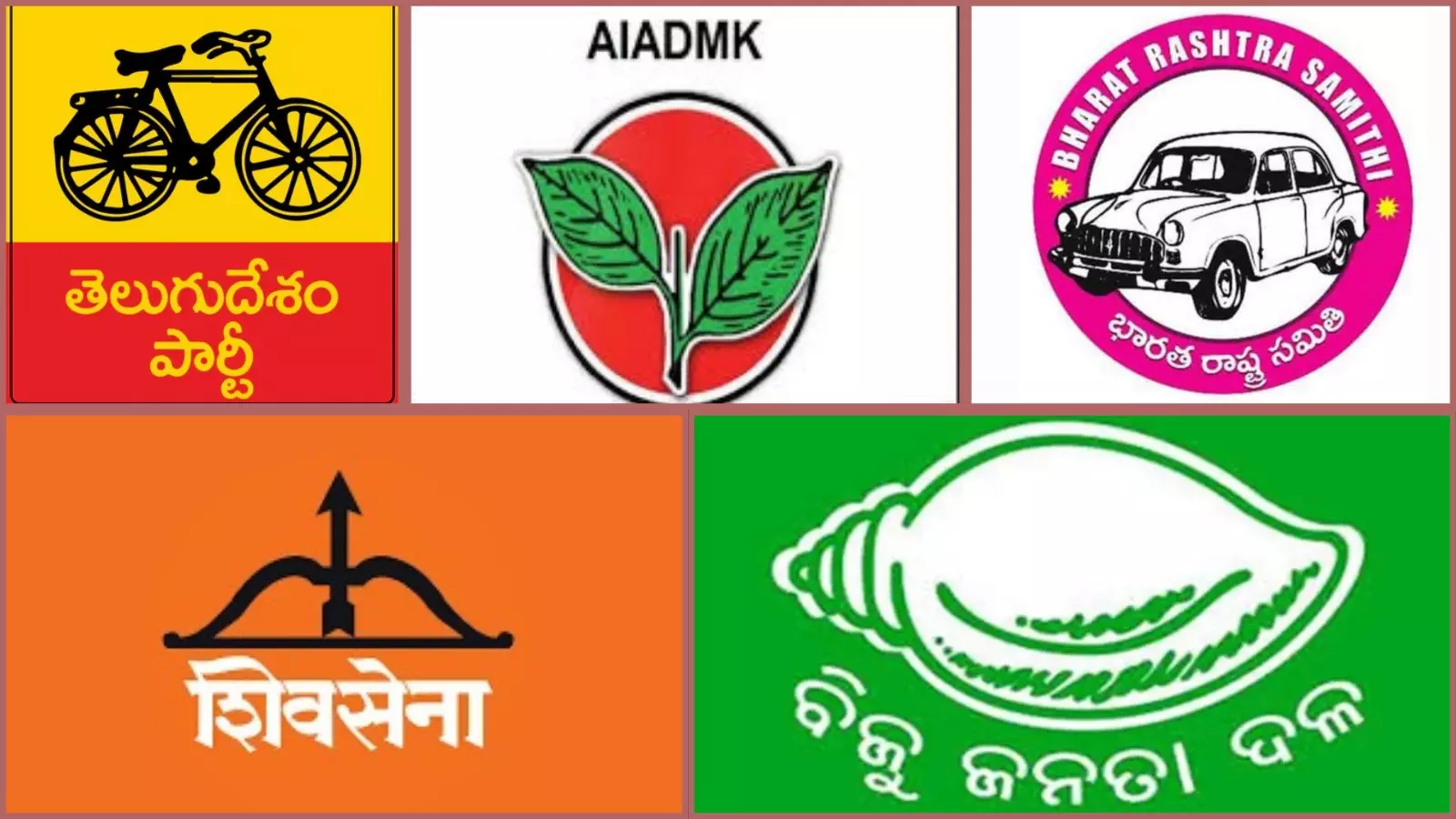

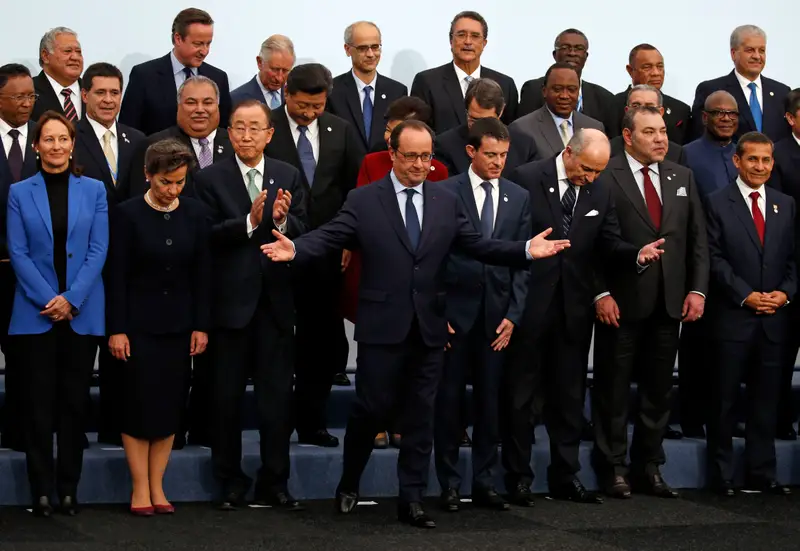
Recent Comments
No comments yet.